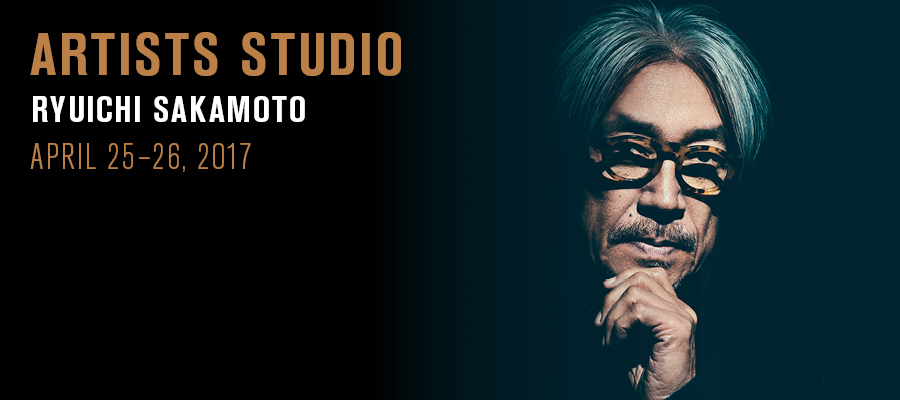
In fact, it was a building that inspired Glass, Sakamoto’s 2016 live improvised composition with longtime friend Alva Noto. The sounds of a city at night might inform the architecture of a new album. “Anything can be music.” A wrong note could be the right way into a fresh musical idea. “You have to open your ears all the time because anything could happen unexpectedly,” he has said of his approach. The how of composition is as important to Sakamoto as what he makes, and more often than not his creative process starts with improvisation. Many times over Sakamoto’s sonic path has leapt forward then looped back on itself, forever telling the present something of both its past and future. In the solo career years that followed, Sakamoto’s embrace of a new wave of electronic instruments led to fruitful experiments in fusing global genres, which in turn made way for close studies of classical impressionism. As the ’70s bled into the ’80s, he segued from an ethnomusicology and composition degree to the role of keyboardist and songwriter for Yellow Magic Orchestra, the proto-synthpop group led by Haruomi Hosono. When he was a toddler, he was introduced to the piano, an instrument he would go on to examine from many Cageian angles.

He was born in 1952, the year John Cage composed 4′33″. He amused himself by counting the sounds the train made, identifying more than 10 that he would listen out for every morning.Ĭlose listening is a habit that has carried Sakamoto through nearly 70 years of musical exploration, each decade leading him in new directions.

Unable to move, all the teenage Sakamoto could do was listen.

The passengers were always crammed on, trapping one another between stray limbs and contorted torsos. When Ryuichi Sakamoto was a high schooler in Tokyo, he had to ride a commuter train to get to class.


 0 kommentar(er)
0 kommentar(er)
